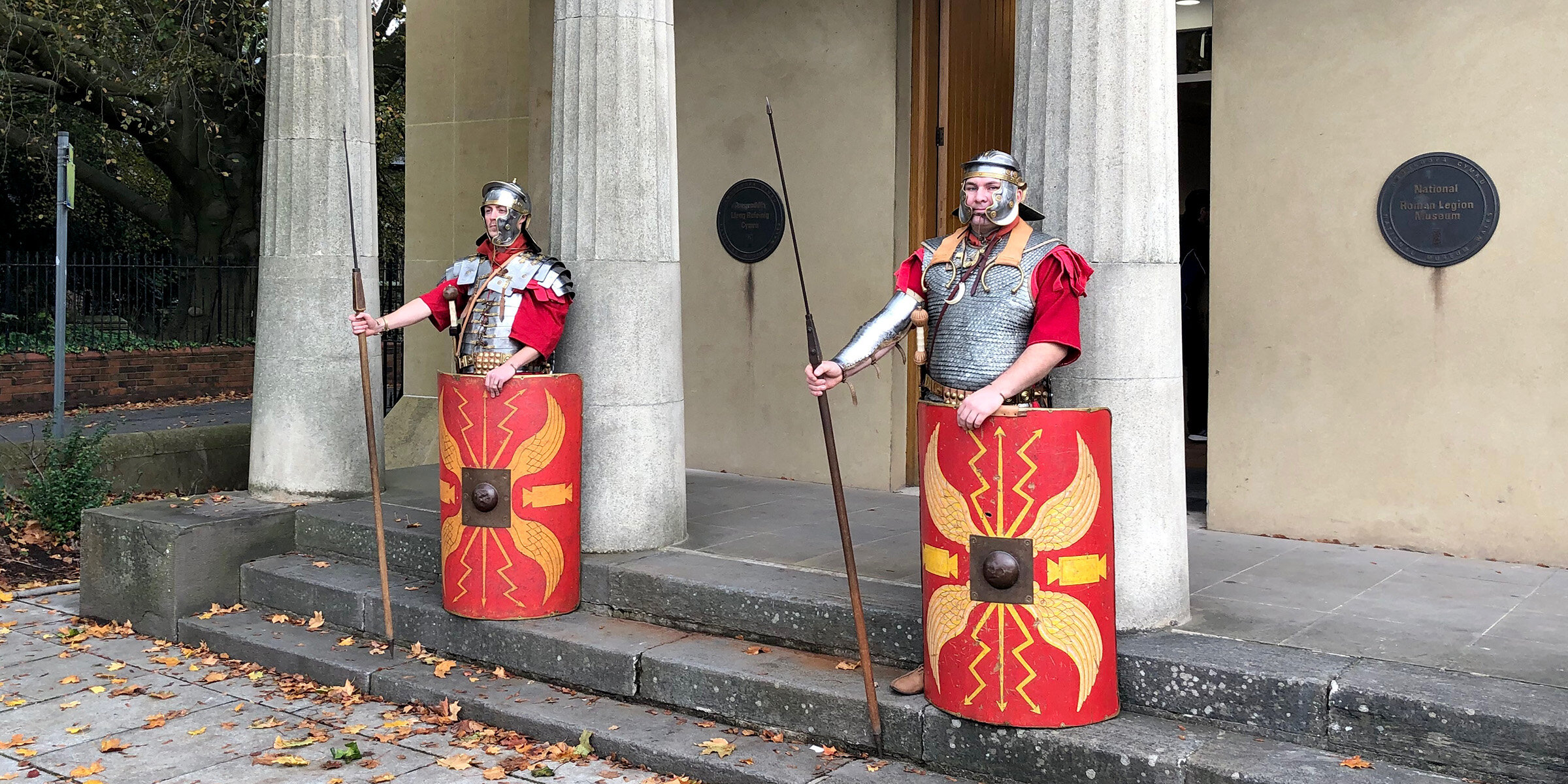Fishing on the Gwent Levels; Mesolithic fish trap, circa 4500BC (Dextra Visual/Living Levels Partnership)
People have been fishing along the coastline of the Gwent Levels and in the waters of the Severn Estuary for thousands of years.
These waters are some of the richest and most diverse in the UK, with around 111 species recorded. They are an important nursery ground for many species of marine fish and a migratory corridor for salmon, eels, twaite shad and lamprey.
With a high tidal range and strong currents, fishing in the muddy waters of the estuary has always been difficult. Traditional fisheries have used a variety of methods to cope with the conditions, some of which are unique to the area.
Medieval fish traps (Black Rock Lave Net Fishermen)
Fish traps are one of the oldest forms of fishing. Funnel-shaped willow or hazel baskets would be tethered in the intertidal zone at low tide. Fish swimming in were unable to turn around and became trapped, to be collected at the next low tide. Wooden or stone barriers built either side of the basket, forming a V-shaped ‘fish-weir’, were sometimes used to funnel fish into the trap.
The remains of Bronze age fish traps, almost 4000 years old, have been discovered at Goldcliff and other places along the coast. Fish bones from late Mesolithic occupation sites at Goldcliff (c. 5700-4500 cal BC) show fishing was also important to earlier hunter-gatherers. The practice of setting traps continued through into the Medieval period; many well preserved medieval traps have been discovered at low tide in the estuary mud.
Putcher fishing developed in the Middle Ages to catch salmon. Willow baskets, called ‘putchers’, were set in a fixed wooden frame, called a ‘rank’. Ranks were positioned in the intertidal zone across the tidal flow, usually arranged to catch fish on the ebb tide. A single rank could hold several hundred putchers. Fishermen would collect the trapped fish at low tide.
Putcher ranks were once a common sight along the Levels’ coastline, with fisheries at Undy, Redwick and Porton. The fishery at Goldcliff was one of the largest and oldest. It was in operation at the time of the medieval priory and was a major source of income for the monks. Following the Dissolution of the Monasteries, the fishery passed to Eton College, who retained ownership until the 20th century. By the 1920s, the three ranks at Goldcliff contained around 2400 baskets.
In the 19th century, there were over 11,000 putchers licensed on the Severn and the surrounding area, but the fishery declined during the latter part of the 20th century as salmon stocks dwindled and strict quotas were brought in to control catches. The fishery at Goldcliff was one of the last to close in 1995.
Putcher fishing at Goldcliff, circa 1960.
Lave net fisherman, Grantley Leonard, returning with his catch (Black Rock Lave Net Fishermen)
Lave netting is another traditional method of salmon fishing first recorded on the Severn Estuary in the 1700s and still practiced today at Black Rock, near Portskewett.
Using a triangular net hung from a ‘Y’-shaped wooden frame, Fisherman wade out into the estuary to traditional fishing spots and ‘cower’ (stand still), waiting for a fish to swim into the net, or watch out for the ‘loom’ (wake) of a fish and try to intercept it before it reaches deep water.
Sadly, falling fish stocks has led to the closure of many traditional fisheries. The last putcher fishery on the Gwent Levels closed at the end of the 20th century, and the Black Rock lave net fishermen, the last of their kind on the estuary, face an uncertain future.
Commercial fisheries are relatively small, compared to other parts of the UK, with rays and bass being the principal catch. In contrast, recreational angling is very popular and anglers fish along much of the shore or from charter boats, catching species such as cod, bass, mullet, conger, whiting and sole.
The Severn Estuary, along with the Rivers Usk and Wye are important conservation areas partly because of the presence of migratory species, such as salmon and other protected species. As a result, the estuary is both a Site of Special Scientific Interest (SSSI) and, along with the Rivers Usk and Wye, also a Special Area of Conservation (SAC). It has also been given the international designation of Wetland of International Importance (Ramsar Site).










